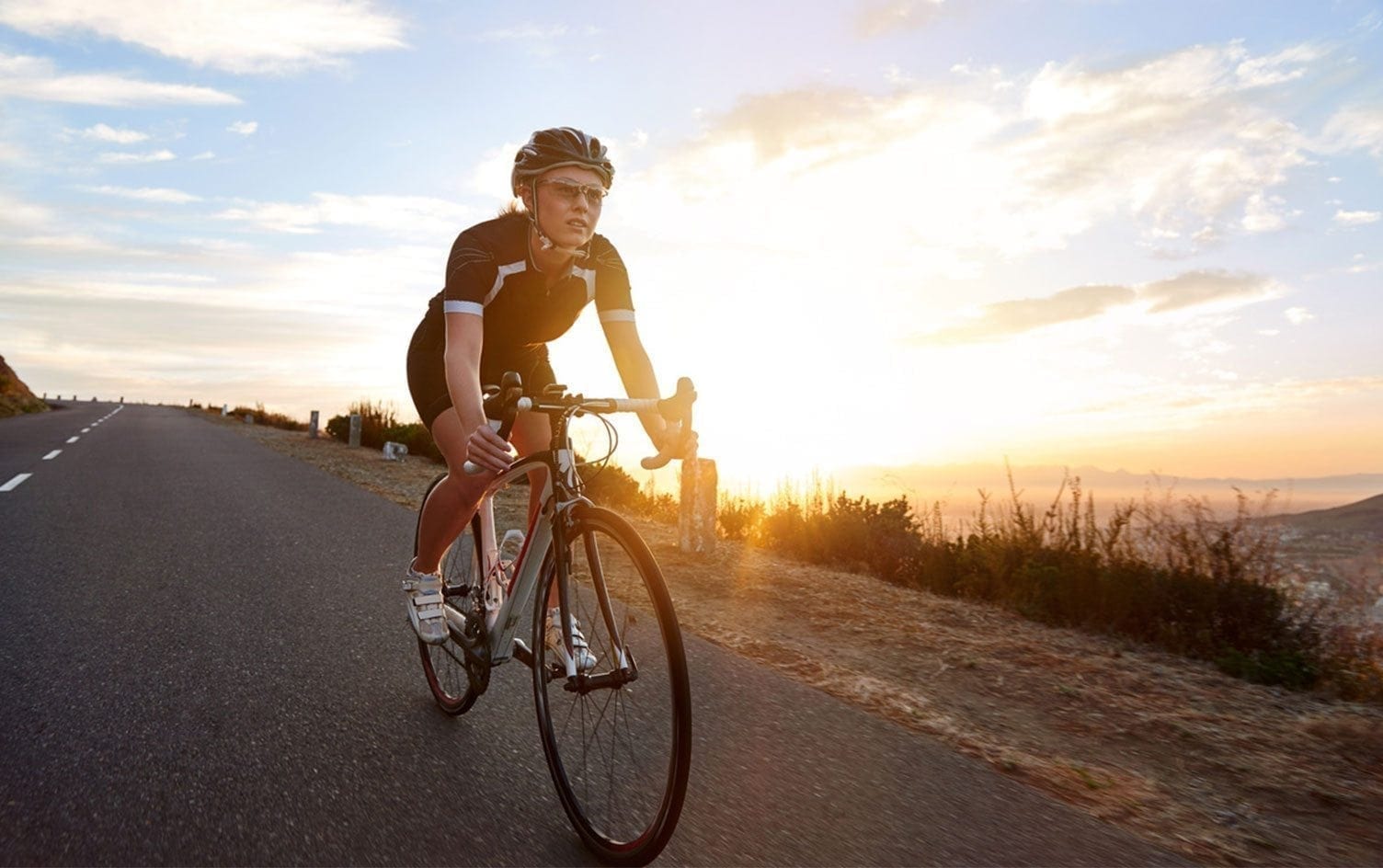Running is a great form of exercise. It comes with benefits both mental and physical. I’m personally a huge fan. If you’re trying to burn lots of calories with your workouts, running is a pretty good option. But if you’re looking to maximize your calorie burn or switch up your high-intensity workouts, there are plenty of other options to consider.
Before we go any further, it’s important to note that there are so many great reasons to work out that have nothing to do with burning calories or weight loss, and we’re not suggesting that your goal should be either of those things. If it is your goal, that’s totally fine, but it’s important not to overdo it or exercise compulsively. And if you’ve struggled with disordered eating or compulsive exercising, always speak with your doctor before starting any new fitness routine.
To compare activities based on calorie burn, you first have to understand MET, or metabolic equivalent.
Every type of physical activity has a MET, which is a measure of how much energy it takes to complete. The MET is based off how many milliliters of oxygen a person consumes per kilogram of body weight while doing any specific activity. One MET is roughly equal to the amount of energy it takes to sit still. You can find the MET of over 800 different activities in The Compendium of Physical Activities, a resource provided by The American College of Sports Medicine (ACSM).
“As the MET value of activity goes up, the ability to burn calories increases,” Pete McCall, an exercise physiologist with the American Council on Exercise, tells SELF. The more intense an exercise—that means everything from running to lifting weights to washing dishes—or the harder you push yourself, the more oxygen your body needs to complete it. Which means the MET goes up, and so does the calorie burn. (Exercising at a higher intensity also increases the amount of calories you’ll burn after you stop working out, thanks to the afterburn effect.)
A variety of factors, including a person’s weight and metabolism, determine how many calories a person burns at different intensities of exercise.
The specific number of calories you burn during a particular workout depends on a handful of different things. A person’s body weight, body fat percentage, age, physical fitness, genetics, and even the environmental conditions in which they’re working out, can impact how many calories they burn, according to ACSM.
It’s nearly impossible to know exactly how many calories a person will burn during a run or other activity. We all have different bodies and metabolisms, and chances are, those above factors don’t always stay constant.
What we can do, though, is calculate the approximate calorie burn of specific activities using METs.
The formula is this: MET x body weight (in kilograms) x time (in hours) = calorie burn. This can give you a good idea of which activities are generally more efficient than others at burning calories, even if the exact number will vary a little bit.
“To compare running to another activity, it would be necessary to define the speed [of the run] and body weight of the specific person,” McCall adds. The MET of running depends a lot on the speed—for example, running at a 10 minute/mile pace has a MET of 9.8, whereas running at a 6.5 minute/mile pace has a MET of 12.8.
With some help from McCall, we calculated the calories that a 150-pound person would typically expend running a 10-minute-per-mile pace: 666 calories per hour. Then, we compared this to a handful of other activities. (Note that you might not do these activities for a full hour, but we used one hour as a standard means of comparison.)
What you’ll find is that the big calorie burners on the list have a few things in common: They use a lot of muscles throughout the body, and they can be really challenging.
Here are some exercises you might want to add to your routine if you’re trying to burn more calories:
1. Indoor cycling: Approximately 952 calories per hour
McCall notes that intensity should be at 200 watts or greater. If the stationary bike doesn’t display watts: “This means when your indoor cycling instructor tells you to turn up the resistance, you do it!” he says.
2. Cross-country skiing: Approximately 850 calories per hour
This all depends on your experience as a skier. Slow, light effort won’t burn nearly as many calories as a brisk-speed, vigorous effort will. To really challenge yourself and burn up energy? Try uphill skiing.
3. Rowing: Approximately 816 calories per hour
Again, 200 watts is the benchmark here; McCall says it should be at a “vigorous effort.” Many rowing machines list watts on the display. Bonus: Rowing is an incredible back workout too.
4. Jumping rope: Approximately 802 calories per hour
This should be at a moderate pace—approximately 100 skips per minute—McCall says. Try this jump-rope interval workout to get started.
5. Kickboxing: Approximately 700 calories per hour
Other types of martial arts, like Muay Thai, fit into this category too. When it comes to regular boxing, the biggest calorie burn comes when you’re legit in the ring (a.k.a. fighting another person). But a lot of boxing classes also incorporate cardio exercises like mountain climbers and burpees, so your heart rate ends up increasing more than you’d expect. And, hey, you’ve gotta start somewhere before you can get into the ring, right?
6. Swimming: Approximately 680 calories per hour
Freestyle works, but you should aim for a vigorous 75 yards per minute pace, McCall says. This is a little aggressive for a casual swimmer. (Butterfly stroke is even more effective if you feel like getting fancy.)
7. Outdoor bicycling: Approximately 680 calories per hour
Biking at a fast, vigorous pace gets your heart rate soaring, whether you’re indoors or outdoors. Add in some mountainous terrain and hills and the calorie burn goes up even more.




